
🧬 Pathways of Hybridization: How New Species Emerge
Explore the fascinating pathways of hybridization and how they lead to new species formation. Learn about introgression, hybrid zones, and species merging with an easy-to-understand breakdown of evolutionary processes.

🩺 Pancreatic Tumor Surgery: Before and After
Discover how pancreatic tumor surgery transforms the digestive system. Learn what happens before and after surgery, including tumor removal, reconstruction of the pancreas, bile duct, and small intestine, plus recovery insights and outcomes.

🩺 Pancreatic Enzyme Activation: The Key to Protein Digestion
Learn how pancreatic enzymes like trypsin, chymotrypsin, and elastase are activated to aid in protein digestion. Understand the enzyme activation cascade, functions, and clinical significance of this essential digestive process.
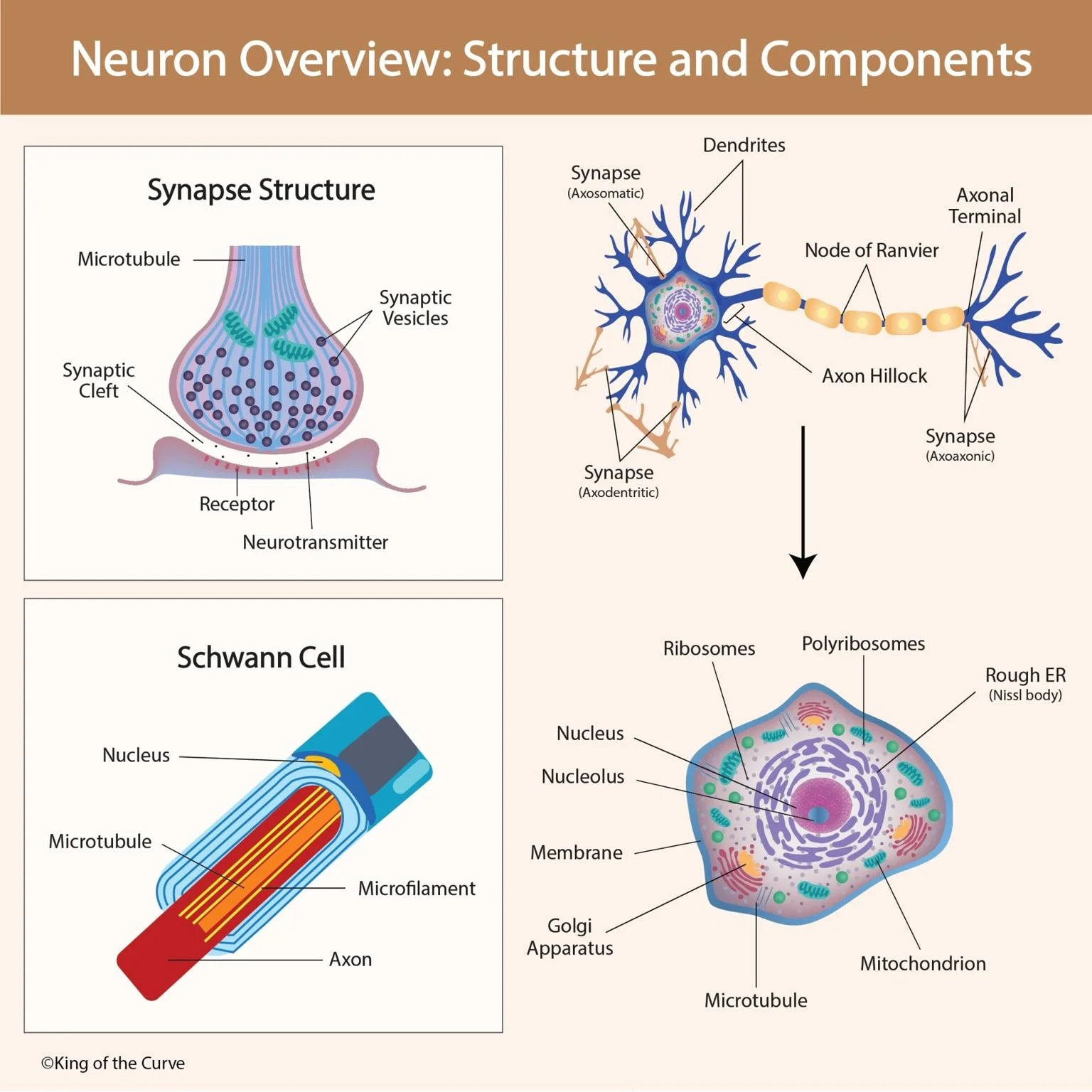
🧠 Neuron Overview: Structure and Components
Explore the structure and function of neurons from dendrites and axons to Schwann cells and synapses. Learn how neurons transmit electrical and chemical signals, with key details for MCAT and NCLEX exam prep.

🧠 Nervous System Development
Explore how the human nervous system develops from the neural plate and neural crest cells. Learn the roles of cranial and trunk neural crest cells, their derivatives, and how molecular signaling shapes neurodevelopment.

🌬️ Negative Pressure Breathing: How Your Body Pulls Air Into the Lungs
Learn how negative pressure breathing allows air to flow into your lungs through diaphragm movement and pressure changes. A key MCAT and NCLEX physiology concept, explained visually by King of the Curve.

⚡ Mechanism of Titratable Acid Excretion in α-Intercalated Cells
Understand how α-intercalated cells in the kidney regulate acid-base balance through ATP-driven proton pumps and carbonic anhydrase. Learn how titratable acid excretion works a must-know concept for the MCAT and NCLEX with this King of the Curve visual.

🧬 Understanding the Lymphatic and Immune Systems
Discover how the lymphatic and immune systems work together to maintain fluid balance, fight infections, and protect your body. Learn with King of the Curve!

🦵 Understanding the Lower Limb Arteries: Pathways of Circulation
Explore the anatomy and function of the lower limb arteries, including the femoral, popliteal, and tibial branches. Learn their clinical importance, blood flow patterns, and relevance to peripheral artery disease.

💉 Understanding Lower GI Bleeding
Learn about lower GI bleeding, its causes like inflammation, abscess, and perforation, and how it differs from upper GI bleeding. Explore our detailed infographic and table comparing symptoms, diagnosis, and treatment approaches.

🧬 Lobules of Liver: Structure, Function, and Blood Flow Explained
Discover the detailed anatomy and physiology of liver lobules — the functional units of the liver. Learn how blood and bile flow through the hepatic lobule, the role of hepatocytes, and the significance of the portal triad. Perfect for MCAT, USMLE, and NCLEX preparation with King of the Curve.

🩸 Liver Sinusoid and Blood/Bile Flow
Understand liver sinusoid structure and blood/bile flow with King of the Curve’s visual guide. Perfect for MCAT, USMLE, and NCLEX students.

🧬 Life Cycle of Hepatitis B: From Infection to Replication
Learn the life cycle of Hepatitis B with King of the Curve’s visual guide. Understand replication, reverse transcription, and clinical relevance for MCAT & USMLE.

💧 The Left Kidney: Structure, Function, and Clinical Relevance
Understand the anatomy and function of the left kidney with King of the Curve’s visual guide. Learn about renal blood flow, filtration, and clinical relevance.

🍽️ Layers of the Stomach Wall: A Visual Guide to Digestion
Learn the layers and cells of the stomach wall with King of the Curve’s visual guide. Covers mucosa, gastric glands, and key digestive cell functions.

🧬 G1-S Phase Regulation: The Cell Cycle’s Master Checkpoint
Learn G1-S phase regulation for MCAT & NCLEX. Understand p53, p21, Cyclin D/CDK4, Rb, and E2F in cell cycle control and cancer biology.
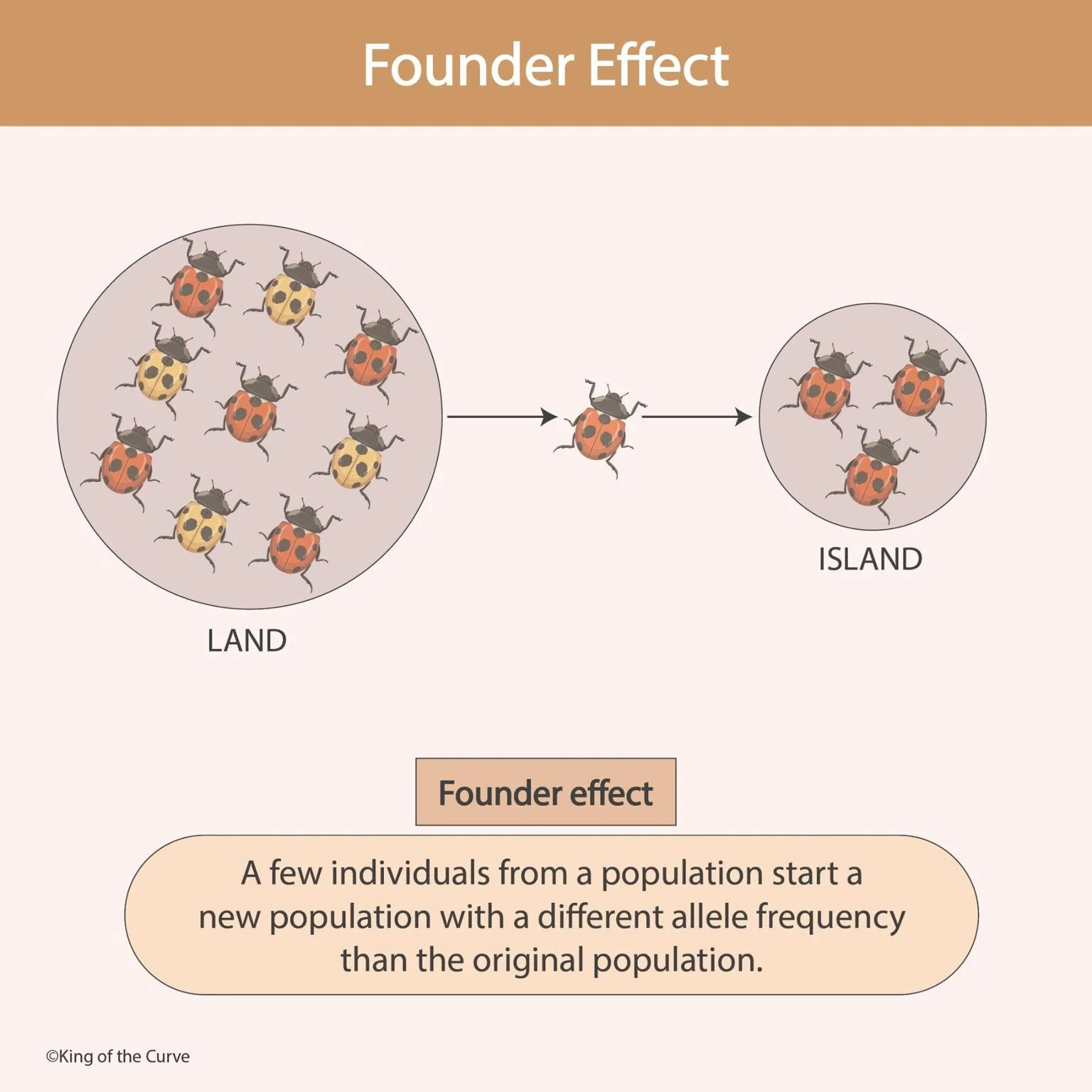
🐞 Founder Effect: Small Beginnings, Big Genetic Changes
Learn about the Founder Effect in genetics, how small populations create big genetic changes, real-world human and animal examples, and its role in evolution and conservation.
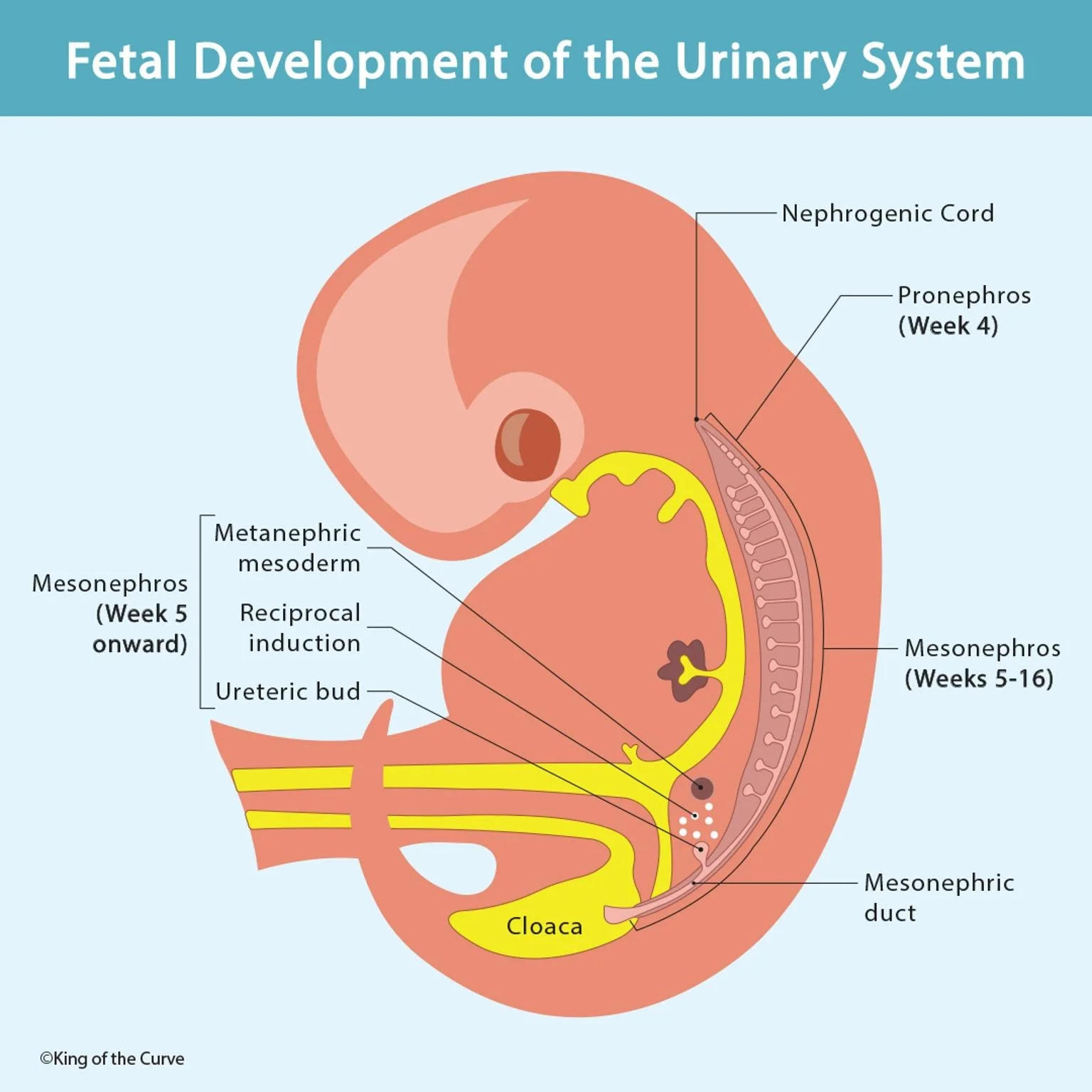
🔹 Fetal Development of the Urinary System
Learn about fetal urinary system development: pronephros, mesonephros, and metanephros. Understand stages, functions, and clinical relevance.
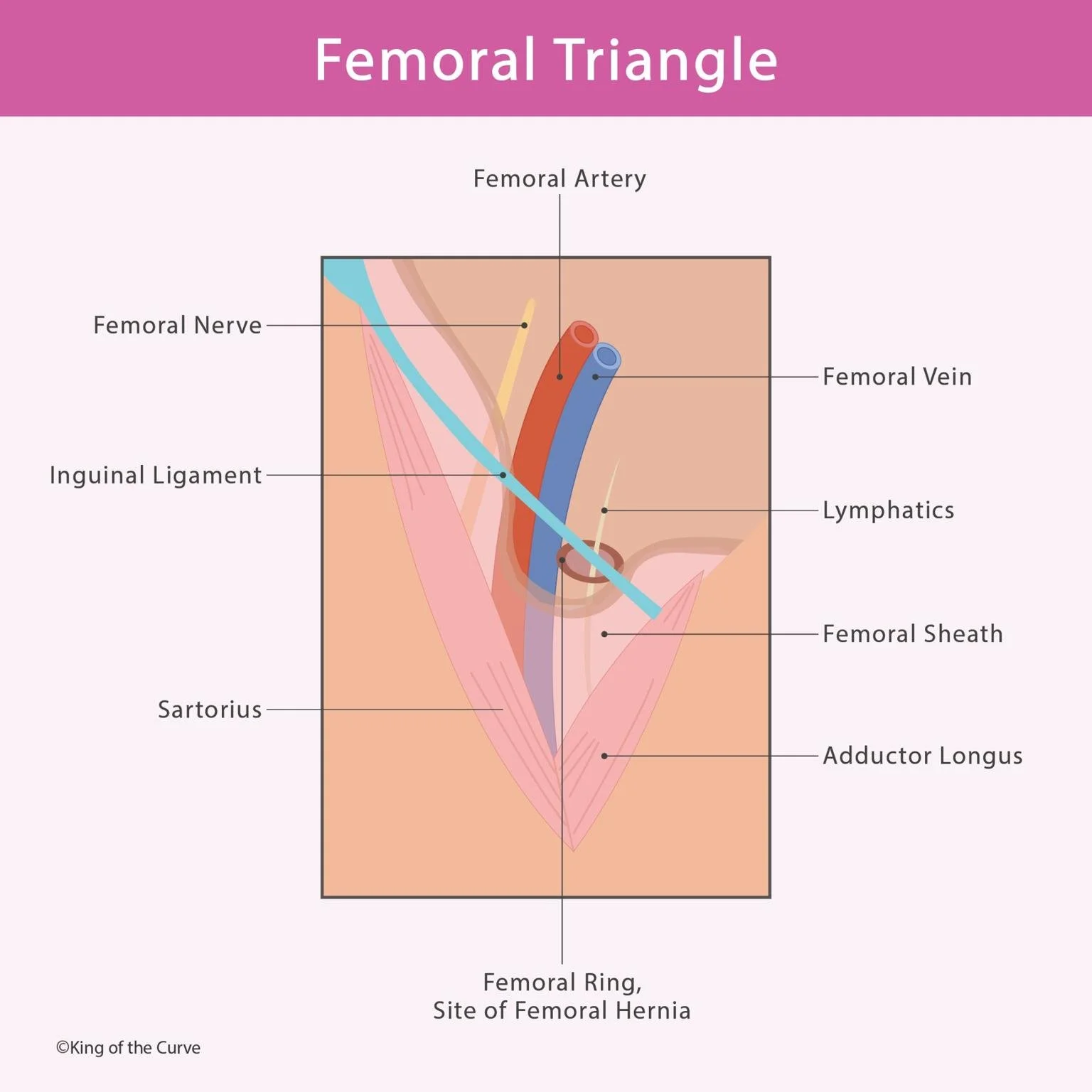
🦵 Femoral Triangle: Anatomy and Clinical Relevance
Learn the anatomy of the femoral triangle using the NAVEL mnemonic (Nerve, Artery, Vein, Empty space, Lymphatics). Key for exams & clinical practice.
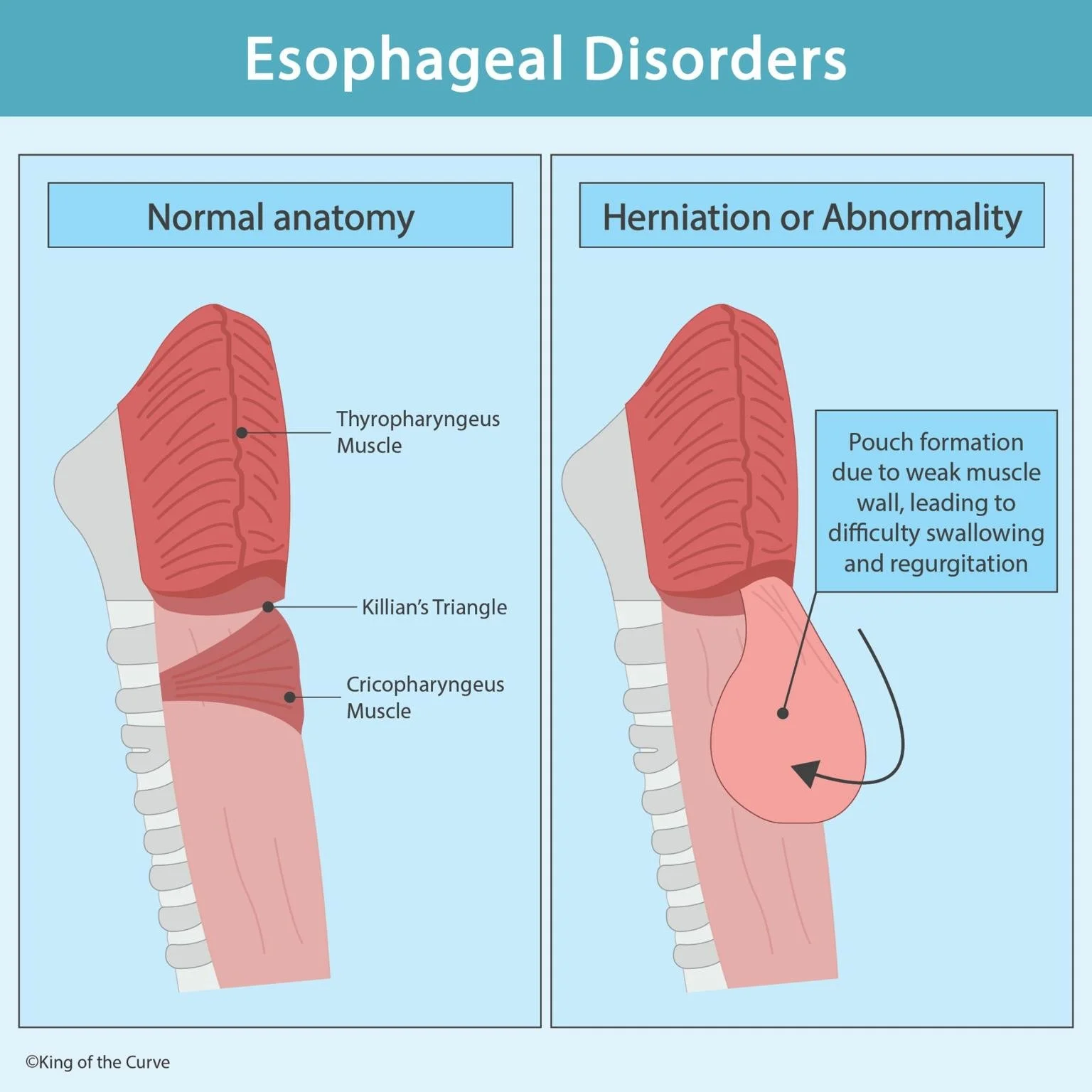
🔹 Esophageal Disorders: Anatomy and Abnormalities
Learn about esophageal disorders with a clear comparison between normal anatomy and abnormalities such as diverticula. Understand causes, symptoms, and medical concerns in easy-to-follow visuals.
